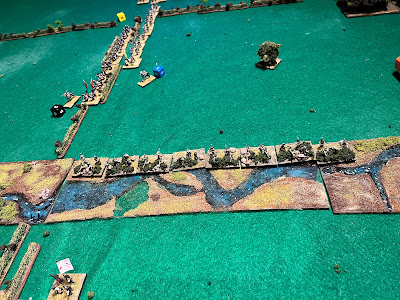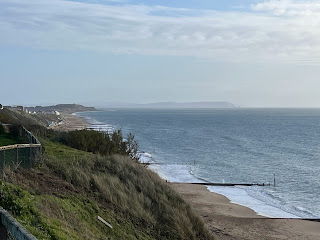OK. This is going to be both ambitious and relatively ad hoc. I have had this in the back of my mind since the Polemarch wrote about his Great Northern War in an afternoon. At the time I made a couple of comments along the following lines (with slight tweaks this evening).
Objective ‘cities’ that the powers have to hold at the end to win points.
- Austria: must hold Breslau, Munich and Florence.
- France: Brussels, Munich and one Italian city.
- Prussia: Magdeburg, Breslau and Dresden.
- Britain/Pragmatic Army: Antwerp, Brussels and Liege.
Loss of a ‘city’ during the game means a loss of influence, I.e. base(s).
Also, an idea from the board game Maria is to play the struggle between France and Austria for control of the Imperial Crown by ‘winning’ the majority of the 9 Electors. This second idea might make the game too complicated. When does the clock stop ticking on this and what effect does controlling the Emperor have.
The Map
I drew up a stylised hex map of the middle strip of Europe with France and the Austrian Netherlands in the west, Italy in the south, Germany in the north and Austria to the east. Here it is. The Alps are in black, and other ranges/forests in green.
Rules
What remains is to decide on the rules for movement, the size of the armies, army replenishment and of course combat. Here are my thoughts:
Turns
Each turn represents 1 month?
Campaign season is from April to November, except 1740 which starts in October.
Might have to revise this as that adds up to about 60 turns. Still, I have 4 more days off work.....
Movement
Open hex: 1 hex per turn
Cross rivers: 2 turns (or maybe dice instead to see if a crossing is successful?)
Cross forest/mountains: 2 turns (or 1 plus take a 'hit'?)
Alps and Adriatic/Ligurian Seas: impassible
Replenishment
Armies can sustain numbers based on the number of cities held.
France and Austria will have an extra allocation providing they hold certain key cities (e.g. Austria must hold 3 out of Vienna, Venice, Prague and Breslau: France must hold Paris and Strassburg).
Reinforcements start with any friendly army in the Spring, subject to there being an uninterrupted 'supply line'.
Size of Armies
This is a tricky one. Maybe 1 base per 20,000 in the army at the start. Prussia would get 4 bases. Maybe double that for France, and 1.5 for Austria. Maybe 1 for Bavaria, Saxony, Piedmont etc and a couple for the Pragmatic Army.
Combat
This is even trickier. I suspect I'll start off with one system and it'll evolve through the game. Perhaps 5 points plus a D3 per base engaged, total up the points and determine the winner. Not sure how to determine losses yet. Loser to retreat 1 or 2 hexes depending on scale of defeat.
To capture cities will require siege trains. These will move at normal rate up rivers, double rate downstream. Otherwise they'll require a 3,4,5 or 6 on a D6 for normal hexes. Sieges will take 1 turn plus 1 turn on rolling a 3 or 4, or plus 2 turns on rolling a 5, or plus 3 turns on rolling a 6.
The table is set, bar putting on the rivers/seas.
****************************
Any suggestions would be gratefully received. As long as they don't involve going forth and multiplying.








































